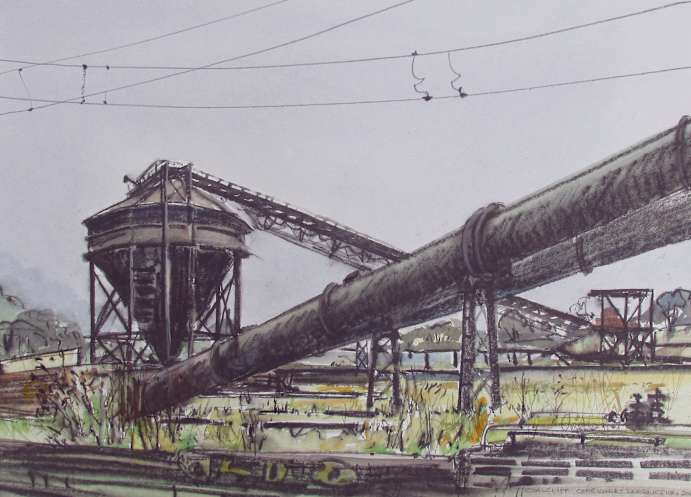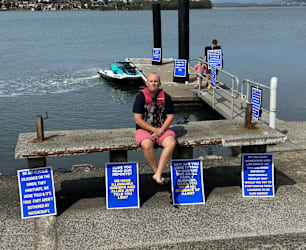As a recently retired coal miner it is interesting to reflect on coal mining and coal miners.
Coal was first discovered in Australia at the aptly named Coalcliff in 1797 and first produced at Newcastle in 1799. By 1901 about 7 million tonnes were exported annually.
Coal also became the chief source of fuel for producing steel and in power stations. It also became a major export market. How much of those billions of dollars stay in Australia is debatable, but it helped many communities to become well off.
When I started in the mid 70s, there was still a lot of hard manual labour and most of the older miners looked and were worn out. A lot of them died in the decade after retiring. It was a job that was extremely labour intensive and very hard on your body, with not a lot of the modern safety aids and systems.
In the late 1970s and 80s with the advent of longwall mining and large open-cut mines, production and hence the profit margins for companies started to increase greatly. This was also a time when unions were very active in pushing for safety, better conditions and pay. This meant it was a turbulent time with frequent strikes and disputes, but it meant mines were safer and more productive.
Coal mines are not the friendliest environment to work in. They are dark, wet, muddy, dusty, hot and cold and you are constantly at odds with your work environment and, for the most part, uncomfortable. It is why there is such great camaraderie among coal miners.
The very nature of your workplace means you have to work as a team and trust the people you are working with. If someone gets their part wrong, the consequences can be dire. The roof and ribs (the sides of the roadways) can collapse, causing injury and you are working with large machinery in a very confined space.
I worked at a mine that had three separate fatalities over several years, including two people I worked closely with. The effects of those fatalities, along with many others across the nation, is devastating. Add to that the numerous injuries and it is easy to see why miners form special bonds.
All this means miners have a great sense of achievement and pride in what they do. Each day they strive against the elements. As a worker, it is easy to develop a love/hate relationship with the industry. You love the sense of achievement, the quirkiness and ingenuity of your workmates, but hate what happens when things go wrong.
But where will the future be? That’s in next month’s issue.

About the writer
Darryl Best is a retired coal miner turned renewable jobs advocate who serves on the board of Hi Neighbour and is a member of Good for the Gong.






